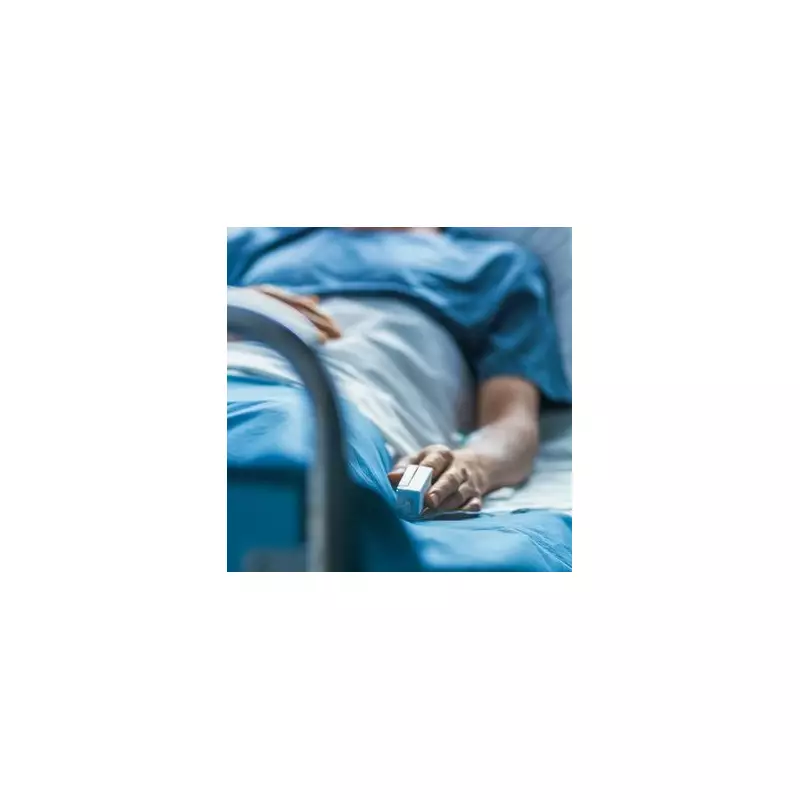
Health officials in Oregon, USA, are on high alert after a local resident was diagnosed with a case of the bubonic plague – the infamous disease behind the Black Death that devastated medieval Europe.
The individual, believed to have been infected in their local area, is now receiving hospital treatment. Authorities have moved quickly to assure the public that the case was identified and treated in its early stages, posing little risk to the wider community.
This marks the first confirmed case of the plague in the state since 2015. The disease, while rare in the modern era, is still present in some rural rodent populations.
How Did the Infection Occur?
The most likely scenario, according to health officials, is that the patient was bitten by an infected flea. These fleas are typically carried by wild rodents like squirrels, chipmunks, and mice.
While the term 'Black Death' sounds alarm bells, modern antibiotics are highly effective against the bacterial infection if treated promptly. The Oregon health services emphasised that no other cases have been reported so far.
Recognising the Symptoms
To protect public health, officials have outlined the common symptoms to watch for, which usually appear within two to eight days of exposure:
- Sudden onset of fever
- Nausea and weakness
- Chills
- Muscle aches
- And most notably, visibly swollen and painful lymph nodes, known as buboes
If the infection develops into its more severe forms, such as septicaemic or pneumonic plague, it becomes significantly more dangerous and contagious, particularly through respiratory droplets.
A Historical Scourge in the Modern World
This incident serves as a stark reminder that the plague has never been fully eradicated. It remains endemic in parts of Africa, Asia, and the Americas, including the western United States.
The swift response in Oregon highlights the importance of robust public health surveillance in detecting and containing ancient diseases in the 21st century.





